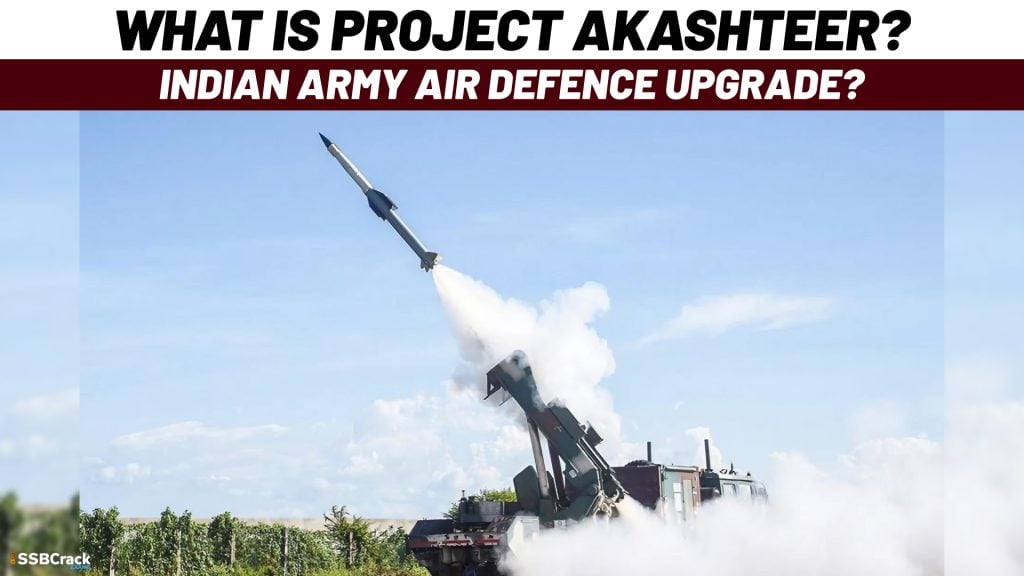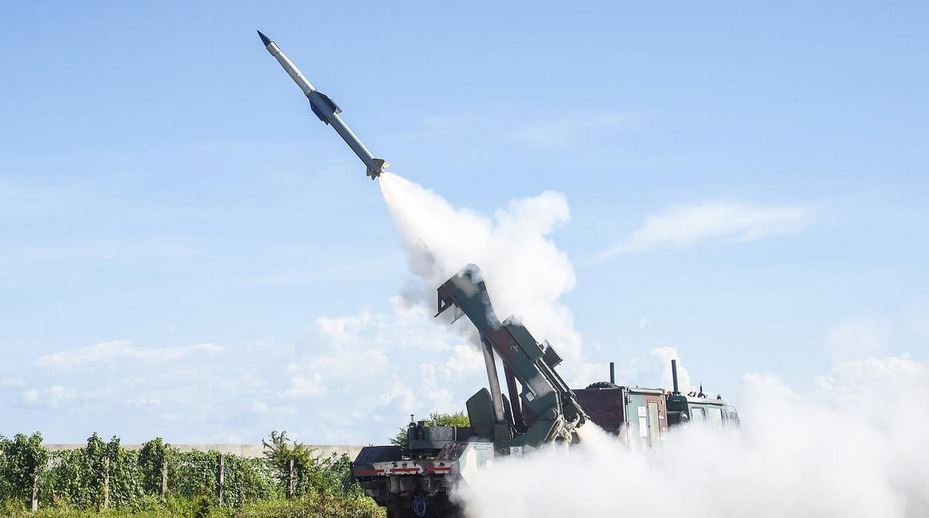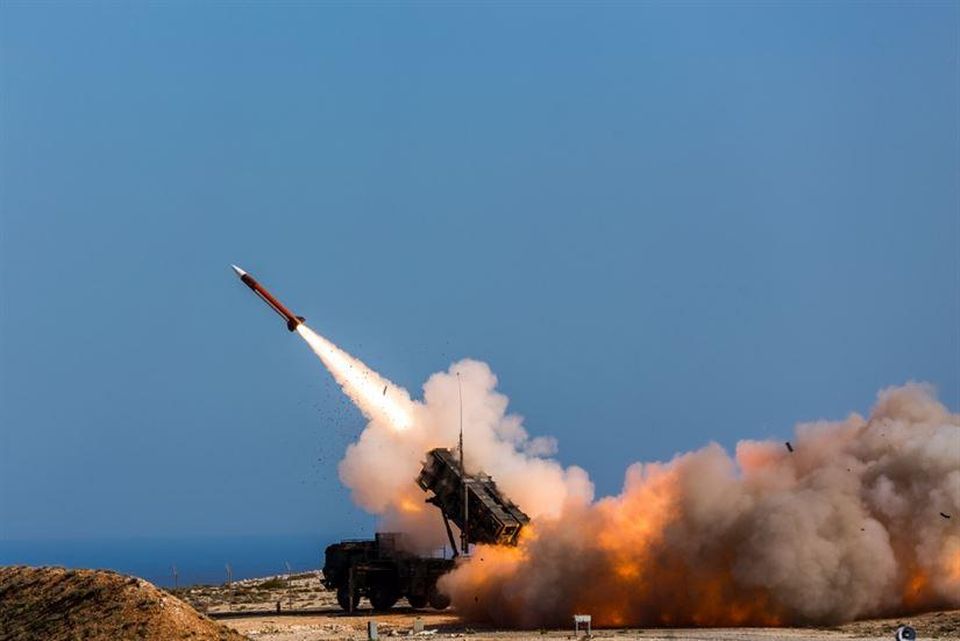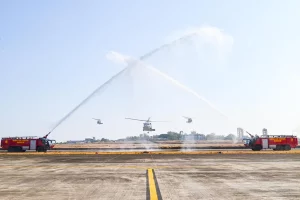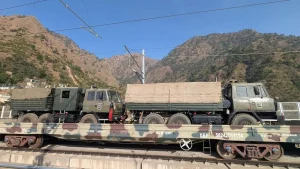With the introduction of the Akashteer (Sky Arrow), an advanced Automated Air Defence Control and Reporting System, the Indian Army is preparing to strengthen its air defence capabilities. This technology, developed in-house, is designed to monitor and track impending airborne threats, giving better situational awareness and response capabilities. In this article, we shall learn about Indian Army’s new Upgrade Akashteer.
Akashteer System
The Akashteer system is being purchased for INR 19.82 billion ($241.7 million) from Bharat Electronics Limited (BEL), a state-owned enterprise. By early 2024, it is scheduled to be completely operational and integrated into the army’s air defence infrastructure.
Also read: Why India Needs More Subsonic Cruise Missiles?
This new system will efficiently combine and integrate all army air defence radars, control centres, and ground-based weapon systems, resulting in a more streamlined overall air defence architecture. The Akashteer system was developed in response to the army’s finalised quality requirements in 2019. Its comprehensive architecture would enable smooth networking and coordination with the existing Integrated Air Command and Control System of the Indian Air Force.
Feature of Akashteer System
The Akashteer system will provide real-time monitoring, tracking, and engagement of impending airborne threats by leveraging modern technology and networking capabilities. It will give the army with a strong air defence system, allowing it to better defend important assets, troops, and infrastructure from potential airborne threats. The Akashteer system integration will allow the army to optimise its air defence operations by combining data from different radars, control centres, and ground-based weapon systems. This centralised strategy will allow for more effective decision-making and faster response to aerial threats, boosting India’s overall defence position.
The Akashteer system’s indigenous development demonstrates India’s dedication to self-reliance and domestic defence manufacturing. By relying on home capabilities, the country hopes to lessen reliance on foreign suppliers while also improving the technological prowess of its defence industry.
Significance of Akashteer
- Improved Air Defence Capabilities: Focus on improving air defence capabilities for strong border security.
- Monitoring and Coordination: Improved as a result of integration and automation activities, which improve monitoring, coordination, and situational awareness.
- Enhanced Border Preparedness: Contribution to improved border preparedness and response capabilities.
To crack the SSB Interview and join the Indian Army as an Officer, You can join our SSB interview live classes batch and we recommend you to Enroll SSB INTERVIEW ONLINE COURSE. Trusted by thousands of defence aspirants.
Also read:
- Significance Of Hellfire Missiles For Indian Navy
- Indian Navy To Get Hellfire Missile As Part Of $300 Million Deal
- Major Boost To Missile Arsenal: India-Russia To Build BrahMos-II Hypersonic Missile
- Is Brahmos Missile Enough For India?
- About Agni Prime- Nuclear-Capable Missile
- Major Difference Between Brahmos V/S S400?
- What Is A Missile Propulsion System And How Does It Work?
- Top 10 Anti-Aircraft Missile Systems In The World
- All About IAF SPYDER Surface-To-Air Missile
- Difference Between Ballistic Missile Vs Cruise Missile?
- Unfolding The Relevance Of AGNI Series Missiles From AGNI I To AGNI VI [Fully Explained]

